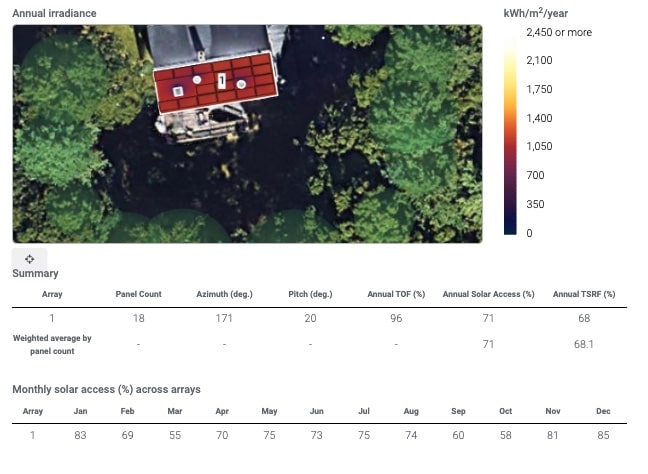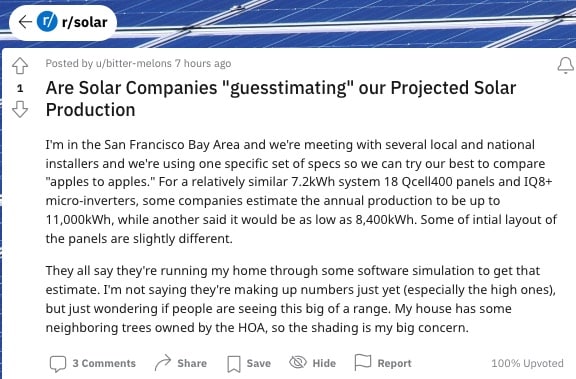
What a great question! I love when people ask about kW / kWh ratios, and how much power their roof will actually make. Questions like these prove that customers are paying close attention, and that they genuinely want to understand what they’re shopping for.
Let’s clear up some terminology first. Kilowatts (kW) and kilowatt-hours (kWh) are two different things. The kW rating of a solar array represents the max power the solar panels can produce at a given time. For example, if you have 18 panels rated at 400 watts each, that gives you a total DC capacity of 7.2 kW.
During the day, solar panels are exposed to sunlight for a certain number of hours. The amount of electricity they generate during this time is measured in kilowatt-hours (kWh). This is the same unit of measurement that appears on your utility bill. For reference, a medium-sized home typically uses between 30 and 50 kWh of electricity per day.
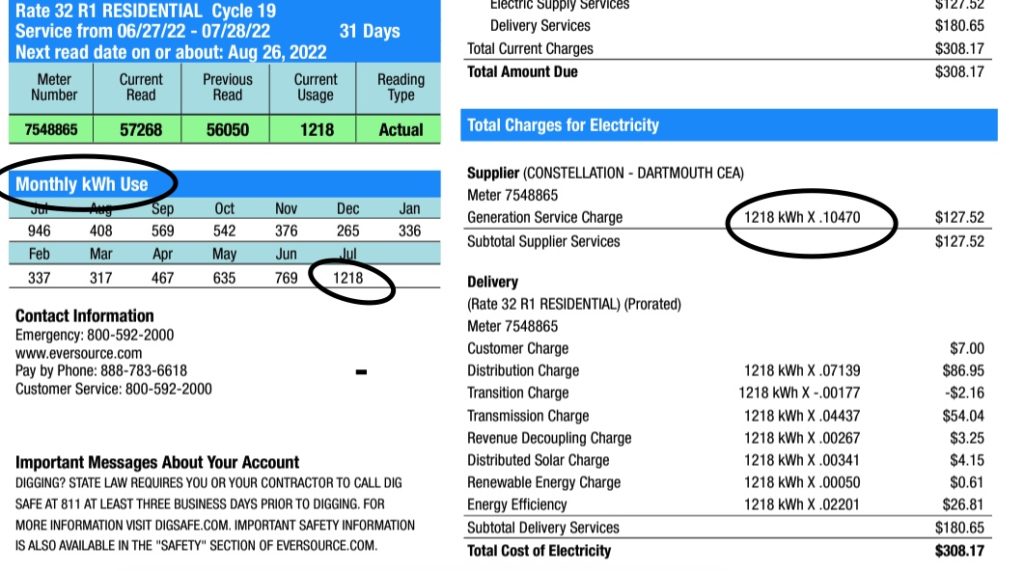
Now that we’re speaking the same language, how do we determine how much power a given number of panels should create? Well, that depends on the ‘solar score’ of your roof. This score is determined by factors like roof tilt, roof orientation, and shade. The resulting kW / kWh ratio is driven by the Tilt and Orientation Factor (TOF) and the Solar Access Value (SAV), which takes shading into account. These two factors are combined into a single metric, the Total Solar Resource Fraction (TSRF), which accounts for tilt, orientation, and shade. TSRF is the most accurate and comprehensive calculation of a roof’s solar-friendliness, and takes into account the weather patterns of the location.
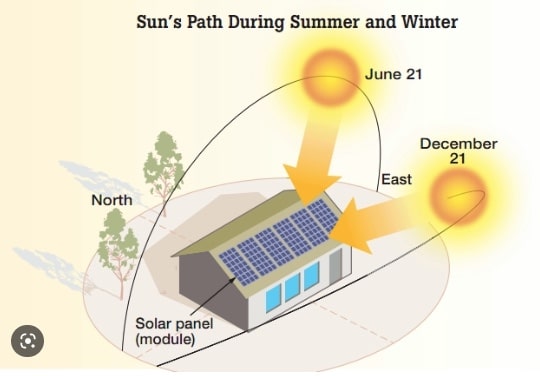
Tilt and Orientation Factor (TOF)
Picture your house standing alone in a field with no trees or other houses as far as the eye can see. TOF measures how much sun your roof will get based on its tilt and orientation alone. TOF is expressed as a percentage of a roof with ideal tilt and orientation. Steep, north-facing roofs earn a poor TOF score, while southeast facing roofs score highly.
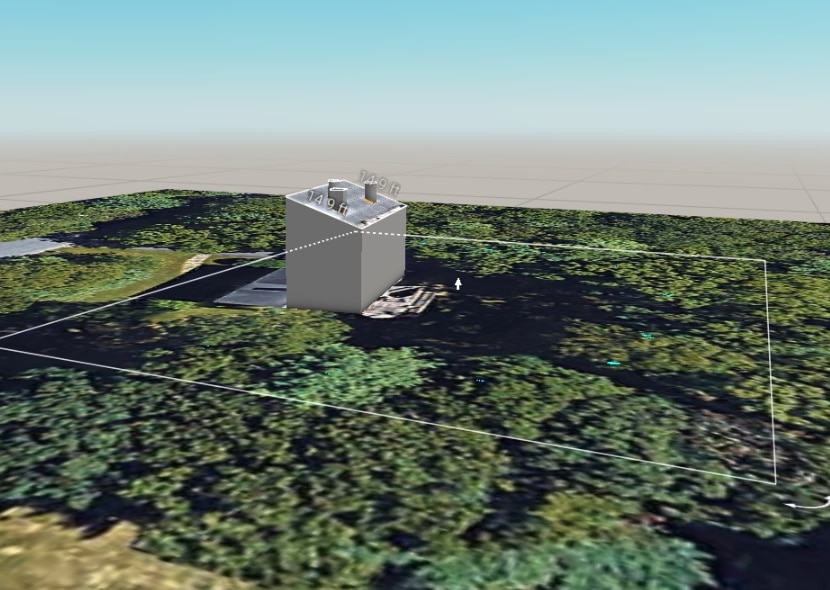
Solar Access Value (SAV)
The Solar Access Value measures how much sun your roof will get based on shading from nearby trees or buildings. This value is expressed as a percentage of your rooftop system under ideal shading conditions, (no shade at all).
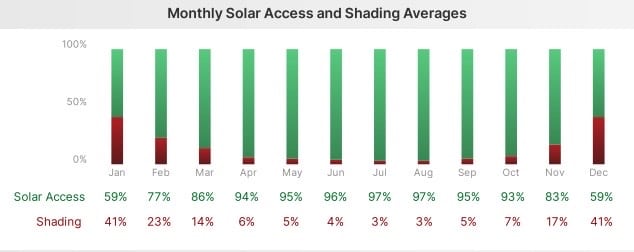
Because TOF does not take shading or weather into consideration, it can be calculated with near perfect accuracy using only a two dimensional satellite view. SAV, on the other hand, requires that we reevaluate the design in three dimensions. To accurately determine how much power an system will make, considerations must be made for the height of nearby buildings, trees, mountains, valleys, and all other obstructions. Shading can reduce solar production significantly, particularly in winter months when the sun is low in the sky, casting long shadows.
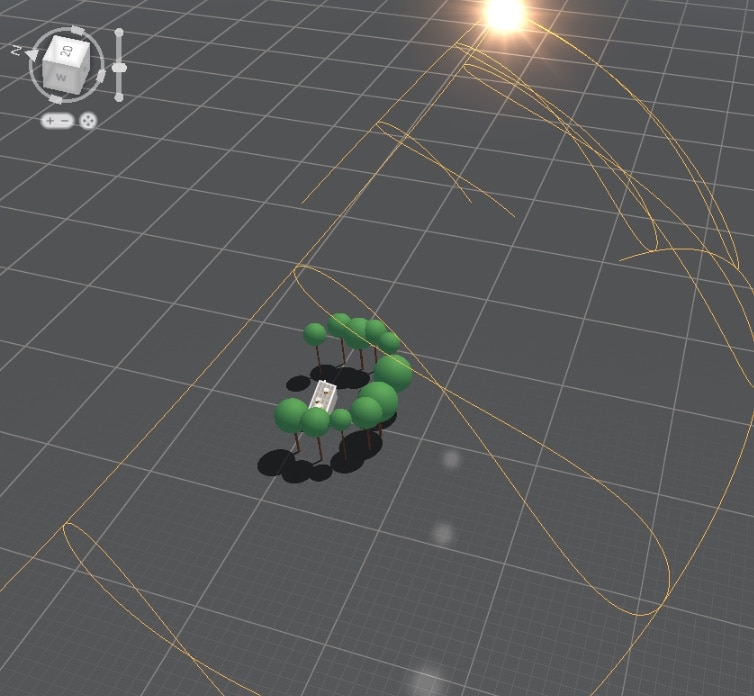
Total Solar Resource Fraction (TSRF)
TSRF accounts for tilt, orientation, and shade. In fact, TSRF can be calculated by multiplying the Solar Access and the TOF. It is expressed as a percentage of your roof with ideal tilt and orientation and no shade.
Clearly TSRF, which also factors in weather patterns for the location, is the most accurate and comprehensive of the three calculations of your roof’s solar-friendliness. Relying solely on SOV or TOF is a mistake, because the SOV doesn’t take tilt and orientation into account, and TOF doesn’t take shading into account.
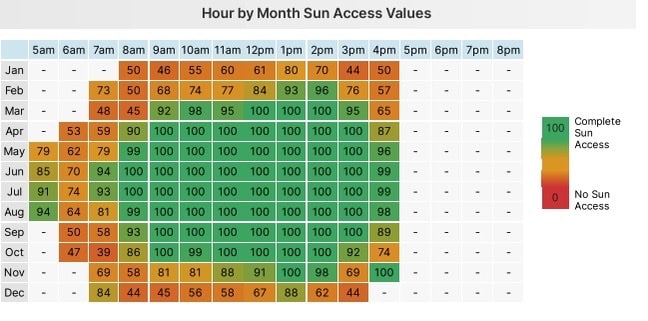
The contradicting generation numbers between the two San Francisco Bay area installers might be a result of using different software – there are a number of different calculators available to solar professionals. But no matter what software they are using, I guarantee they all are able to generate a TSRF report upon request, (which would clear up any inconsistencies).
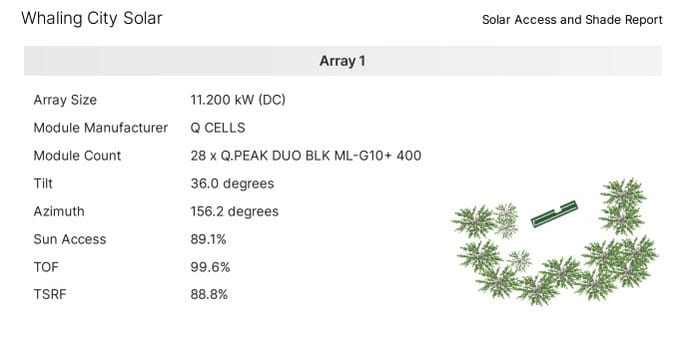
How Much Power? Get a Shade Report!
My recommendation: all homeowners should request shade reports before signing anything, and evaluate how prompt and receptive the company is to that request. While less reputable companies tend to send spam proposals and won’t call you back, you will likely find that a local company is more likely to provide a timely shade analysis, and show their methodology.
Of course, there are other sides to this equation that you’ll want to check out, like how much will solar panels really cost? And what incentives will I qualify for?
Happy solar shopping!
–Adam
